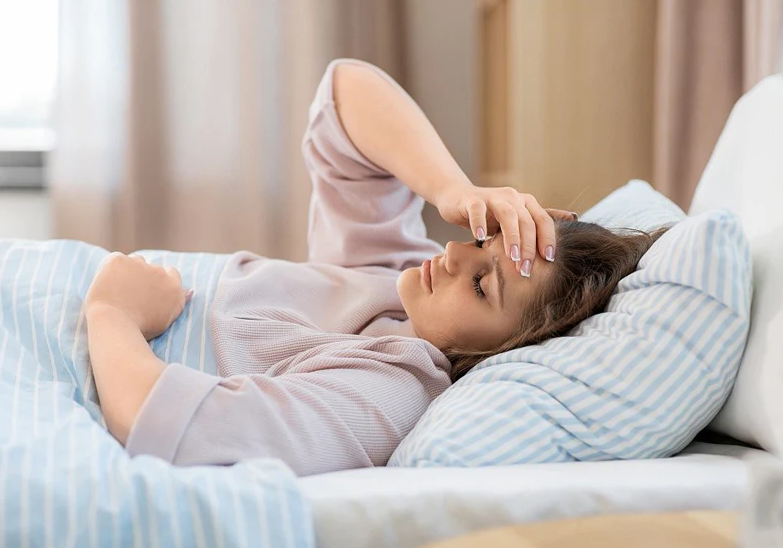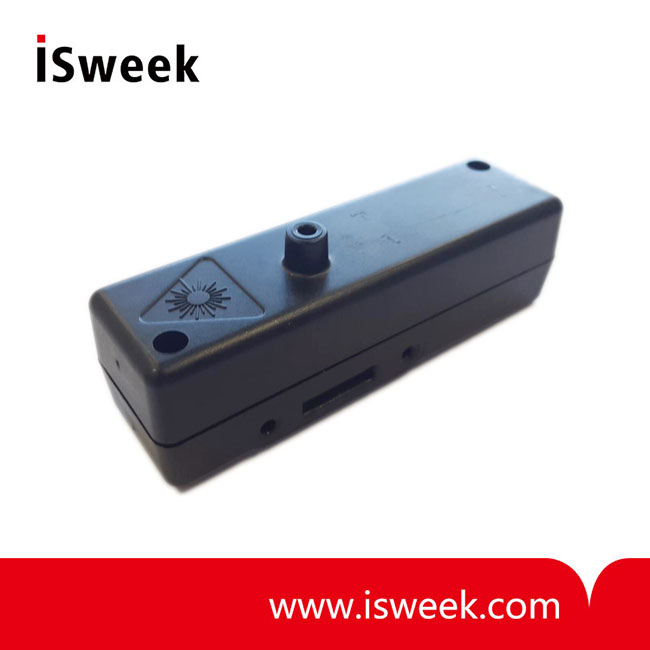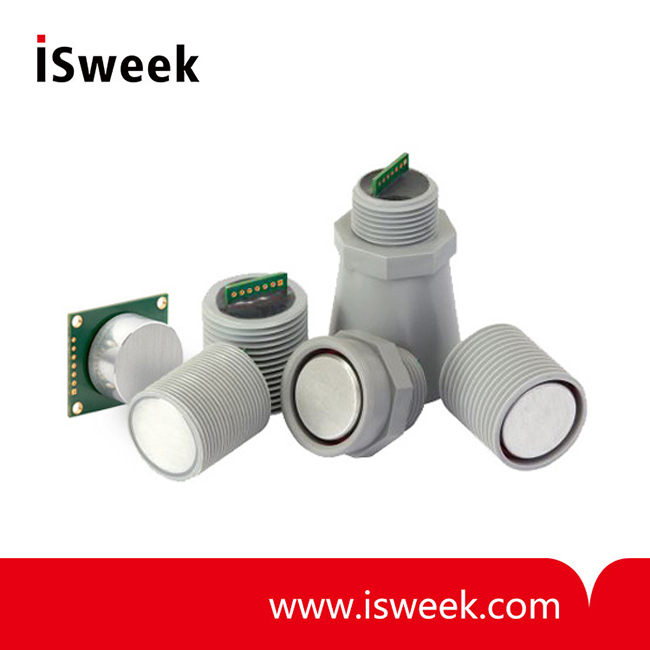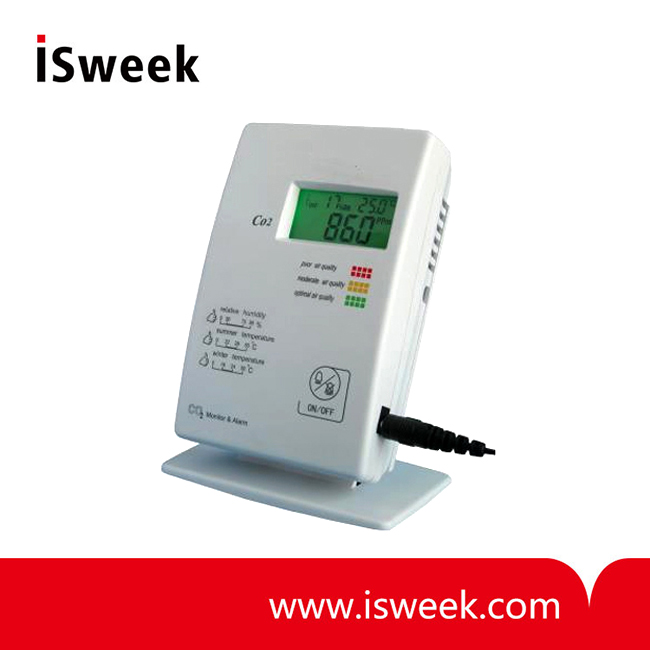In today’s accelerated world, insomnia has become a silent epidemic. Millions toss and turn through the night – struggling to fall asleep or waking repeatedly – only to face exhaustion and anxiety the next day. Chronic sleep deprivation isn’t just about fatigue; research links it to serious health consequences including neurasthenia, depression, and compromised immune function.

Indoor Air Quality: The Overlooked Sleep Saboteur
While stress and screen time often take blame, indoor air pollution remains a critically overlooked sleep disruptor. Consider these findings:
-
The US Environmental Protection Agency (EPA) attributes 68% of human diseases to air pollution exposure
-
During sleep, our natural defenses weaken, allowing airborne toxins to penetrate the body unchecked
-
A research done by health school of Harvard University found that air pollutant can stimulate central nervous system and lead to upper respiratory infection, which will worsen sleep-disordered breathing, and give rise to apnea and hypoxia
These risks intensify during summer when pollutant concentrations spike and windows remain closed for air conditioning.
PM2.5: The Invisible Sleep Thief
Fine particulate matter (PM2.5) poses unique dangers for sleepers:
-
Microscopic size (≤2.5 microns) enables deep lung penetration
-
Carries heavy metals/VOCs that cross into bloodstream
-
Nighttime exposure correlates with 50% more sleep disruptions (American Journal of Respiratory Medicine)
Formaldehyde: The Stealthy Sleep Poison
This common off-gassing chemical from furniture and building materials:
-
Continuously releases at room temperature
-
Causes throat/nose irritation triggering coughing fits
-
Classified as a Group 1 carcinogen by IARC
-
Disrupts sleep architecture by 37% even at low concentrations (0.1 ppm)
The Science of Pollution-Induced Sleep Disruption
Airborne toxins sabotage sleep through two primary mechanisms:
-
Physiological Stress
-
Inflamed airways increase sleep apnea events
-
Reduced blood oxygen saturation triggers micro-awakenings
-
-
Neurological Impact
-
Pollutants stimulate the amygdala (stress center)
-
Suppress melatonin production by 23%
-
Nature’s Blueprint for Restorative Sleep
Studies reveal people sleep deepest when surrounded by natural elements. The sound of rain or flowing water can:
-
Slow heart rate by 8-10 BPM within 20 minutes
-
Increase deep sleep duration by 12%
-
Reduce cortisol levels by 15%
Modern air purifiers replicate these conditions through:
-
Advanced filtration capturing 99.97% of PM2.5/formaldehyde
-
Negative ion generation mimicking forest environments
-
White noise modes masking urban sound pollution
Sensor-Driven Sleep Solutions
Accurate detection is the first step toward cleaner air. Precision sensors enable purifiers to:
-
Automatically boost filtration when pollutants spike
-
Provide real-time air quality feedback
-
Track sleep environment trends over time
ISweek supplies following types of professional PM2.5 sensors and formaldehyde sensors for air purifiers:

PDSM010 PM2.5 Sensor Module(Korea)
PM2.5 sensor PDSM010 is capable of detecting particles of 1μm like cigarette smoke, pollen, microorganism, dust mite and indoor dust. It can measure concentration of floating particles in a room within 30㎥.

Figaro laser PM2.5 sensor - TF-LP01
TF-LP01 laser particle sensors are small modules that detect dust in the air based on scattering theory. They are of small size, high accuracy, excellent repeatability and consistency. This type of sensor can respond in real-time and implement continuous collection with high interference resistance and ultra silence. All sensors are 100% tested and calibrated when leave factor.






